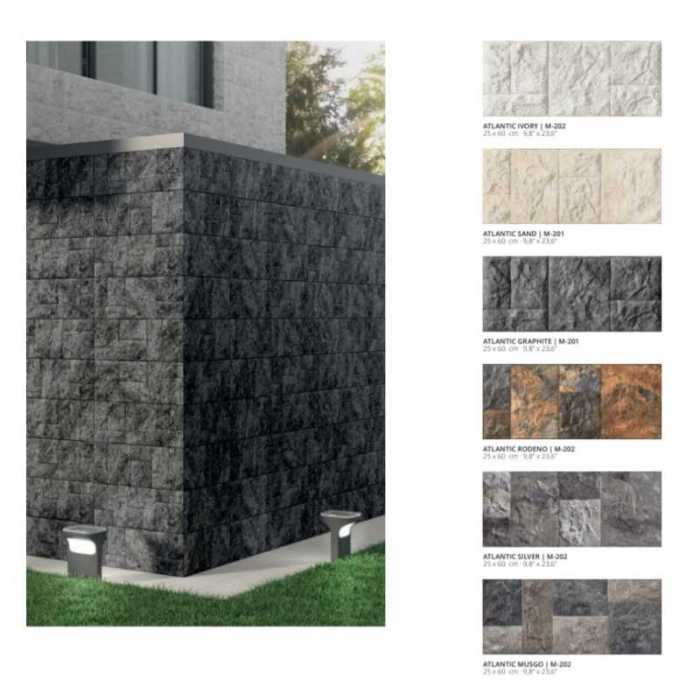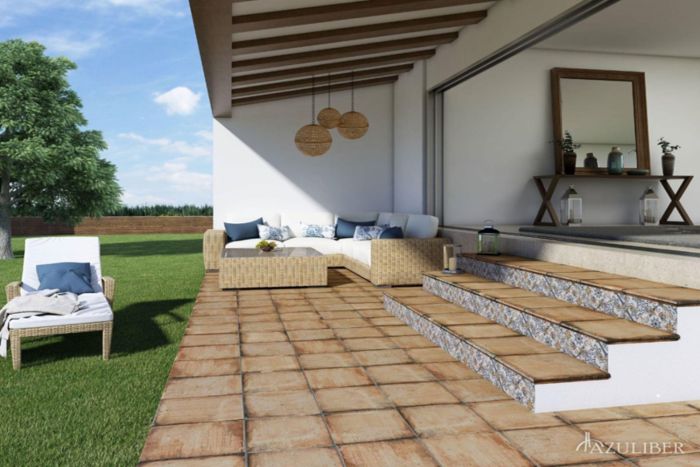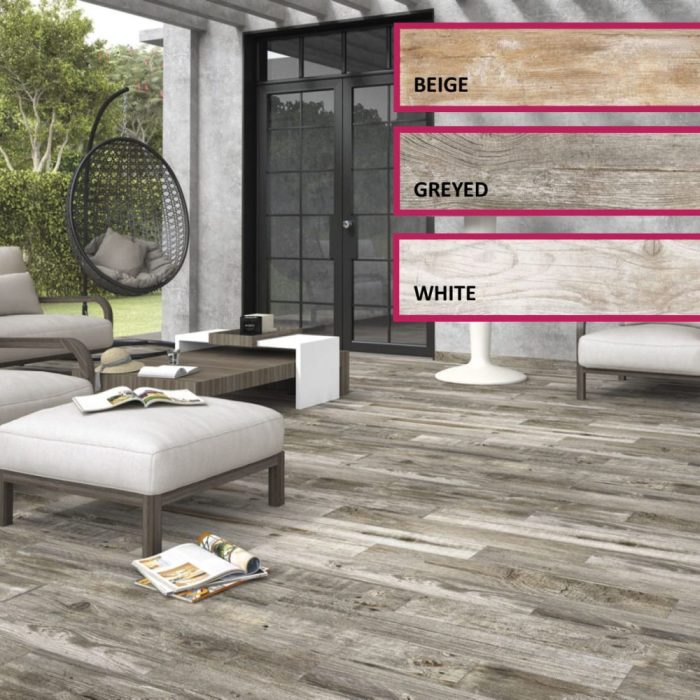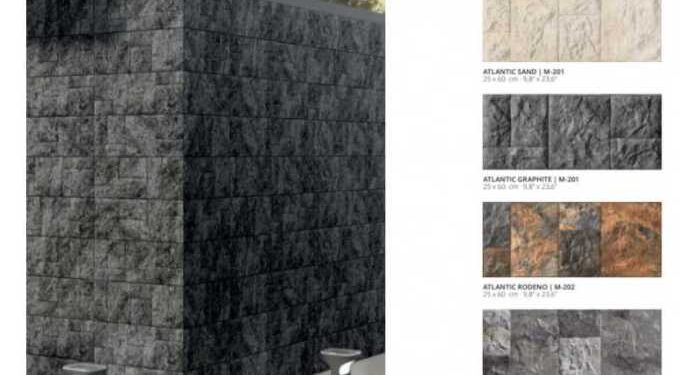Delving into the realm of tile siding exterior, this introduction aims to provide a comprehensive overview of this versatile and stylish option for exteriors. From its benefits to popular designs, this topic is sure to intrigue and inspire.
 When it comes to tile siding materials, there are several options available, each with its own unique characteristics and suitability for different environments.
When it comes to tile siding materials, there are several options available, each with its own unique characteristics and suitability for different environments.
 Proper maintenance is key to keeping your tile siding exterior looking its best and ensuring its longevity. By following a regular maintenance schedule and addressing issues promptly, you can preserve the beauty and functionality of your tile siding.
Proper maintenance is key to keeping your tile siding exterior looking its best and ensuring its longevity. By following a regular maintenance schedule and addressing issues promptly, you can preserve the beauty and functionality of your tile siding.
 In conclusion, tile siding exterior offers a myriad of design possibilities and practical advantages for enhancing the look of any home. With its durability and aesthetic appeal, it's a fantastic choice for those seeking both functionality and style in their exterior design.
In conclusion, tile siding exterior offers a myriad of design possibilities and practical advantages for enhancing the look of any home. With its durability and aesthetic appeal, it's a fantastic choice for those seeking both functionality and style in their exterior design.
Introduction to Tile Siding Exterior
Tile siding for exteriors is a popular choice for homeowners looking to add a unique and stylish touch to their homes. Unlike traditional siding materials like vinyl or wood, tile siding offers a more durable and long-lasting solution.Benefits of Tile Siding
- 1. Durability: Tile siding is resistant to rot, pests, and extreme weather conditions, making it a long-term investment for your home.
- 2. Aesthetic Appeal: Tile siding comes in a variety of designs, colors, and textures, allowing homeowners to achieve a customized look for their exteriors.
- 3. Low Maintenance: Unlike wood siding that requires regular painting and sealing, tile siding is easy to clean and requires minimal maintenance.
Popular Tile Siding Designs
- 1. Mediterranean Style: Terra cotta tiles in warm earth tones are commonly used to create a Mediterranean-inspired exterior.
- 2. Modern Minimalist: Sleek and smooth tile designs in neutral colors like gray or white offer a contemporary and clean aesthetic.
- 3. Rustic Charm: Weathered and textured tiles in shades of brown or grey can give your home a cozy and rustic look.
Types of Tile Siding Materials
 When it comes to tile siding materials, there are several options available, each with its own unique characteristics and suitability for different environments.
When it comes to tile siding materials, there are several options available, each with its own unique characteristics and suitability for different environments.
Ceramic Tile Siding
Ceramic tile siding is a popular choice due to its durability and low maintenance requirements. It is best suited for areas with moderate climates, as extreme temperature changes can cause the tiles to crack. Ceramic tile siding is commonly used in residential buildings and adds a touch of elegance to the exterior.Natural Stone Tile Siding
Natural stone tile siding, such as granite or limestone, offers a luxurious and timeless look to any building. While it requires more maintenance compared to ceramic tiles, natural stone is extremely durable and can withstand harsh weather conditions. This type of siding is often used in upscale homes or commercial buildings seeking a high-end aesthetic.Porcelain Tile Siding
Porcelain tile siding is known for its versatility and ability to mimic the look of natural materials like wood or stone. It is highly durable and requires minimal maintenance, making it a popular choice for both residential and commercial properties. Porcelain tile siding is well-suited for areas with high humidity or moisture, as it is resistant to water damage.Glass Tile Siding
Glass tile siding adds a modern and sleek appearance to any building. While not as common as other materials, glass tiles are highly resistant to stains and fading, making them a durable option for exteriors. Glass tile siding is often used in contemporary designs or as accent pieces to create a unique visual appeal.Installation Process
When it comes to installing tile siding on an exterior, following a step-by-step process is essential to ensure a proper and long-lasting installation. This process involves using common tools and techniques that are crucial for achieving the desired results.Gathering Materials and Tools
- Before starting the installation process, make sure you have all the necessary materials and tools, including the tile siding panels, adhesive, screws, a level, tape measure, saw, and safety gear.
Preparing the Surface
- Thoroughly clean and inspect the exterior surface where the tile siding will be installed. Remove any debris, dirt, or old siding to ensure a smooth and even surface for the new tiles.
- Apply a weather-resistant barrier or moisture barrier to protect the underlying structure from water damage.
Measuring and Cutting
- Measure the dimensions of the area where the tile siding will be installed and cut the panels accordingly. Use a saw to make precise cuts for a seamless fit.
Installing the Tile Siding
- Start at the bottom of the wall and work your way up, ensuring each panel is level and securely attached to the surface. Use adhesive and screws to secure the panels in place.
- Overlap the edges of the panels to create a tight seal and prevent water infiltration.
Finishing Touches
- Once all the panels are installed, double-check for any gaps or loose panels. Make any necessary adjustments to ensure a tight and secure fit.
- Apply caulk or sealant around windows, doors, and corners to provide additional protection against water and air infiltration.
Maintenance and Care
 Proper maintenance is key to keeping your tile siding exterior looking its best and ensuring its longevity. By following a regular maintenance schedule and addressing issues promptly, you can preserve the beauty and functionality of your tile siding.
Proper maintenance is key to keeping your tile siding exterior looking its best and ensuring its longevity. By following a regular maintenance schedule and addressing issues promptly, you can preserve the beauty and functionality of your tile siding.
Cleaning Tile Siding
To clean different types of tile siding effectively, start by removing any loose dirt or debris with a soft brush or cloth. Then, mix a solution of mild detergent and water, and use a soft-bristled brush or sponge to gently scrub the tiles. Rinse thoroughly with clean water to remove any soap residue. Avoid using harsh chemicals or abrasive materials that can damage the tiles.Addressing Common Issues
- Cracks:If you notice cracks in your tile siding, it's important to address them promptly to prevent further damage. Depending on the severity of the crack, you may need to replace the affected tiles or apply a sealant to prevent water damage.
- Discoloration:Over time, tile siding may become discolored due to exposure to the elements. To address discoloration, you can try using a mild cleaning solution or a specialized tile cleaner. If the discoloration persists, you may need to consider repainting or replacing the affected tiles.
Design Ideas and Inspiration
When it comes to tile siding for exteriors, the design possibilities are endless. From modern to traditional styles, tile siding can add a unique touch to any home. Here are some innovative design ideas to inspire your next exterior project.Incorporating Tile Siding into Different Architectural Styles
One way to incorporate tile siding into different architectural styles is to consider the color and texture of the tiles. For a modern look, opt for sleek, neutral-colored tiles with a smooth finish. In contrast, for a more rustic style, choose tiles with a textured surface and earthy tones. By matching the tiles to the architectural style of the home, you can create a cohesive and visually appealing exterior.Combining Tile Siding with Other Exterior Materials
For a truly unique look, consider combining tile siding with other exterior materials such as wood, stone, or metal. Mixing materials can add depth and interest to the facade of your home. For example, pairing tile siding with wood accents can create a warm and inviting aesthetic, while combining it with metal elements can give a more industrial feel. Experimenting with different combinations can help you achieve a one-of-a-kind look that reflects your personal style.Last Word
 In conclusion, tile siding exterior offers a myriad of design possibilities and practical advantages for enhancing the look of any home. With its durability and aesthetic appeal, it's a fantastic choice for those seeking both functionality and style in their exterior design.
In conclusion, tile siding exterior offers a myriad of design possibilities and practical advantages for enhancing the look of any home. With its durability and aesthetic appeal, it's a fantastic choice for those seeking both functionality and style in their exterior design.















